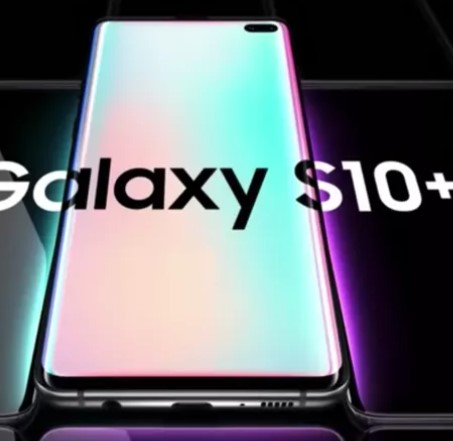
After watching Samsung’s latest series of product announcements, I’m beginning to think that the Korean company may — temporarily at least — have the upper hand when it comes to mobile device innovation. And that can’t be good for Apple, which has recently been facing shrinking iPhone sales.
I’m not suggesting that there will be a mass migration of Apple fans, nor am I denying the quality of Apple’s latest phones and Watch, but I do think that at least some of the products Samsung unveiled at its Unpacked event in San Francisco on Wednesday is more innovative than what Apple has released over the past several months.
At a starting price of $1,980, the new Galaxy Fold phone/tablet is far too expensive for mass appeal, but it’s the first new smartphone form factor in years from a major company. It’s both a phone and a tablet, starting out as a 4.6 inch smartphone and unfolding into a 7.3 inch tablet, without disrupting whatever is on the screen. At its event, Samsung showed off “App continuity,” using the Fold — in phone mode — to search for a location in Google Maps and then opening up the phone to show far more detail on the larger tablet screen. The fold has two batteries (one on each side of the phone) and, believe it or not, six cameras. The three back cameras give you 2x telephoto, wide angle and ulta wide angle
Although the Fold is it’s most innovative new product, the offerings most likely to be purchased are the three new Galaxy S10 models: The mainstream S10 and larger S10 Plus, the less expensive S10 E. In each case, instead of a notch, Samsung has created a small hole in the upper right of the phone for the rear facing camera and each of these phones have the new PowerShare feature which lets them charge other wireless devices including Samsung’s earbuds and watches but also other phones, including competing phones with wireless charging. All have AMOLED screens and at least 128GM of storage, expandable to 512 GB. All the phones have really tiny bezels to maximizes the screen real estate while keeping the phone as small as possible.
The S10 and S10 Plus has an in-screen fingerprint reader that uses sound waves to recognize your finger. You simply touch a portion of the screen and, according to Samsung, it unlocks your phone in any light condition. CNET said “It’ll capture your details through water, lotion and grease, at night or in bright daylight.
The S10 has three rear facing cameras,: A 16-megapixel ultra wide lens, a 12-megapixel wide-angle lens and 12-megapixel 2X telephoto lens, all with optical image stabilization. There is also a 10 MP front facing camera. The 10E has the wide angle and ultra wide angle but lacks a telephoto lens.
Samsung also announced the S10 5G, which will be available later this year. It has a 6.7 inch AMOLED screen and weighs 6.98 ounces with a generous 4,500 mAh battery. Pricing hasn’t been announced.
In addition to the phones, Samsung announced wearables: A smartwatch and a fitness band. They also categorized their earbuds as a “wearable,” which is technically true. I’m not sure how it works but the Galaxy Active Watch, according to Samsung will be able to track blood pressure starting on March 15th when the app, My BP Lab, developed with the University of California, San Francisco (UCSF), becomes available. Both the watch and the fitness band can automatically detect and track different exercises. The watch will start at $199, which is $200 cheaper than the Apple Watch 4. The fitness band will be $99, which is less expensive than the Fitbit Charge 3.
I’ll wait till I get to test these products before giving any review but, based on what I saw, they are certainly innovative, which is a good thing. Frankly, I find most phone announcements pretty boring because the difference between the latest and greatest and what many people already own isn’t enough to get excited about. That’s one of the reasons I generally recommend that people wait at least two years before upgrading their phones. A lot of people hang on to phones for four or more years. And it’s one of the main reasons Apple is seeing its iPhone sales slip. In many ways these companies are victims of their own success because they have been creating quality products for years and just because something is a bit newer, a bit faster and has one or two extra features, isn’t enough tempt most people into shelling out hundreds or more hard earned dollars. That may be true for would-be Samsung customers who, after dong a cost-benefit analysis, will decide to skip the Galaxy 10, but at least there is something different that we haven’t seen before. Kudos to Samsung for pushing the envelope.